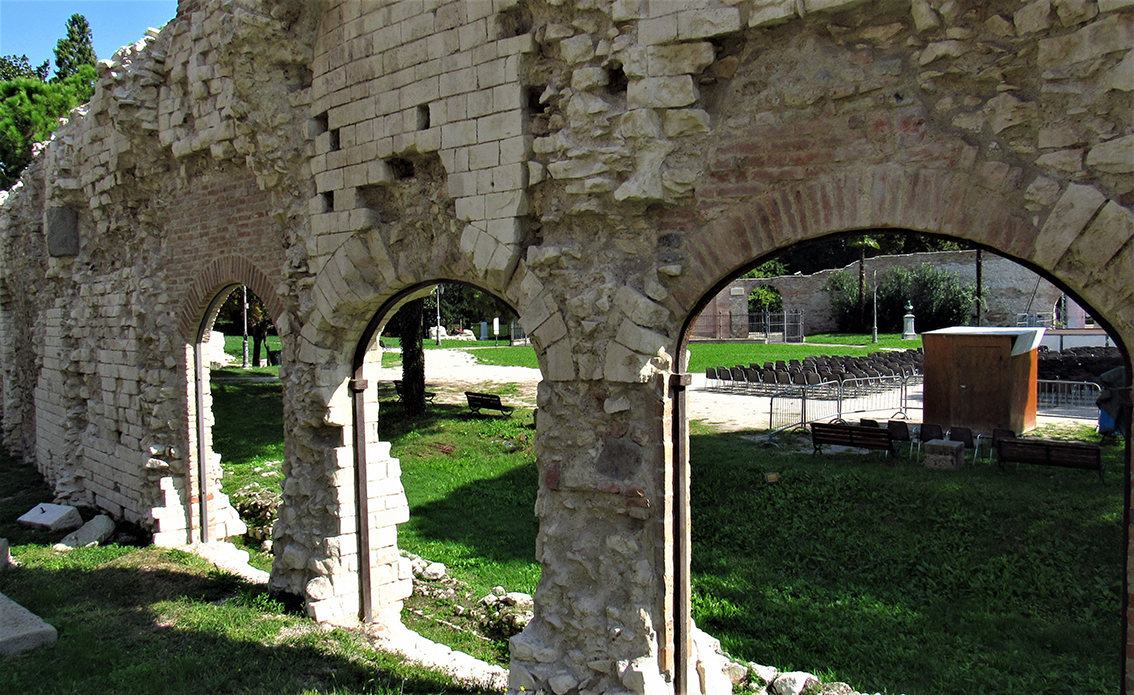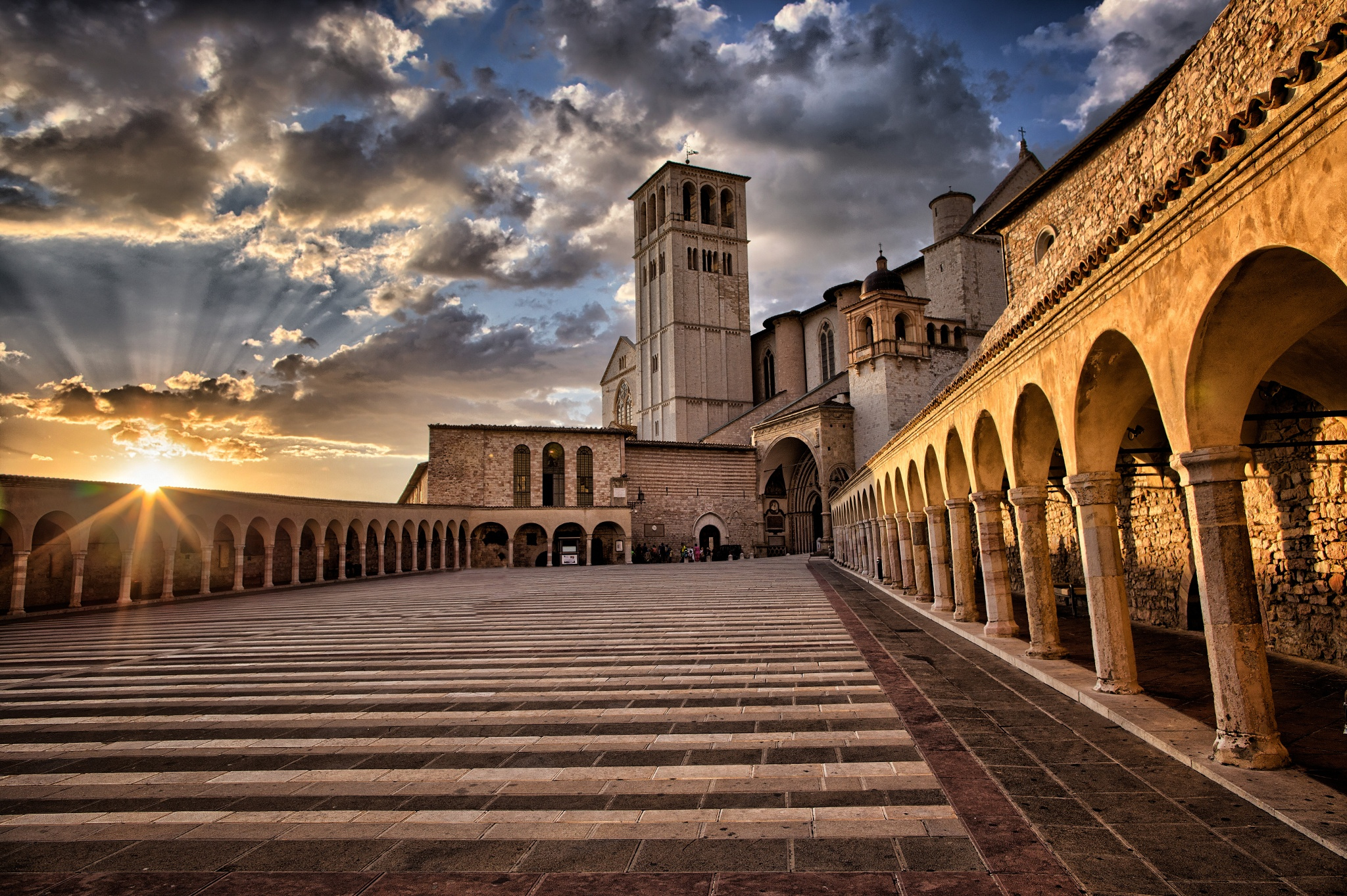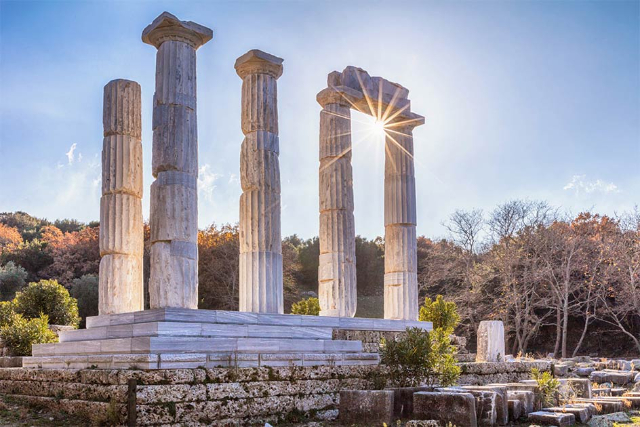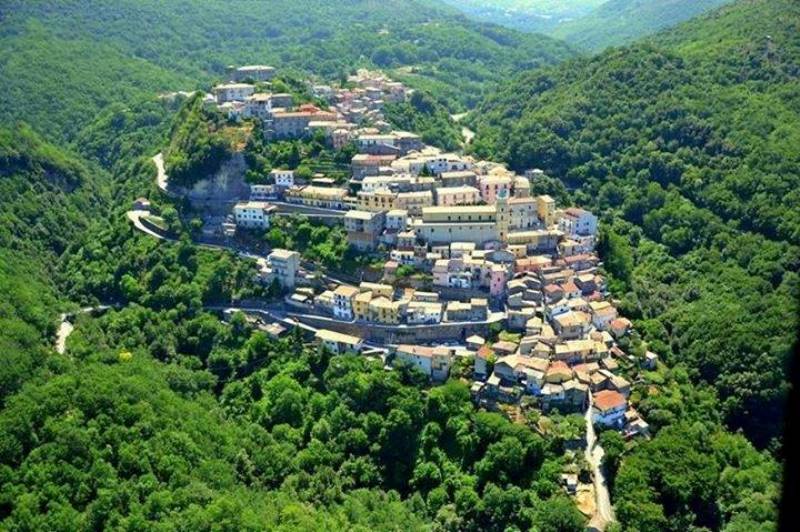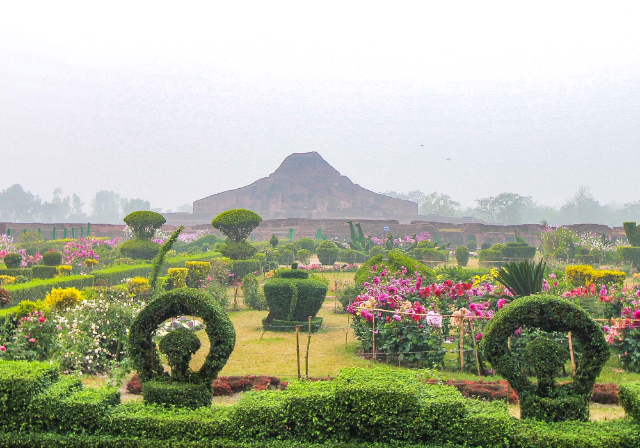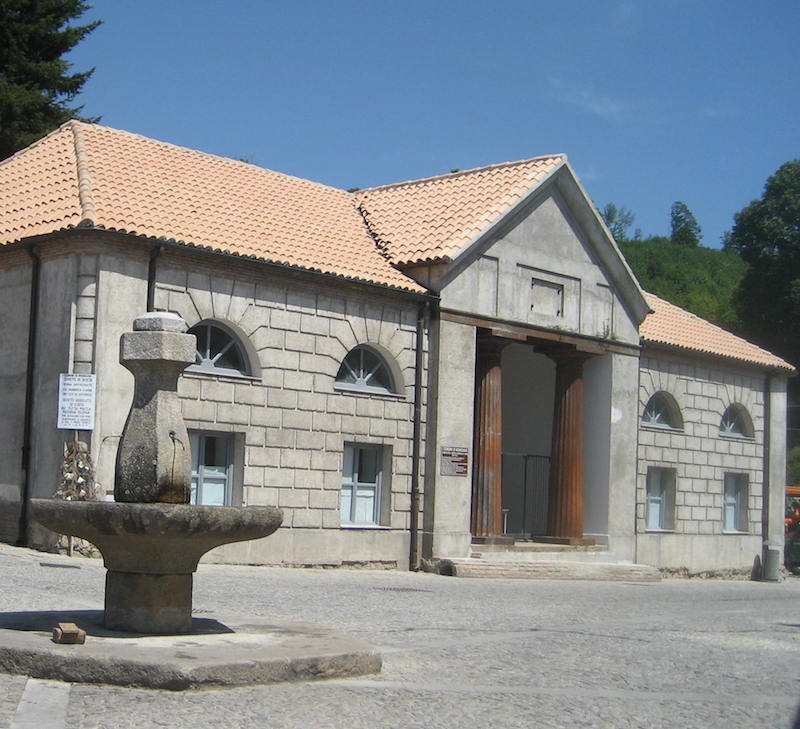The ancient Roman theatre of Padua, or rather the remains, vulgarly known as the arena because the sand was spread there or because the gladiator fights took place there, is surrounded by an elliptical wall of limestone blocks that formed the base of the steps that delimited the arena.
Built to the north of the city around 70 A.D., in the Claudio-Flavia era, it resembled the arena of Nimes and was certainly not inferior in size to the Arena of Verona; this demonstrates the exceptional economic prosperity of Padua at that time.
Jousts and tournaments entertained the citizens here at the time of the barbarian kings Alaric, Attila, Agilulf.
If in the Middle Ages the theatre had not been demolished and exploited as a stone quarry, Padua would still have its arena today.
In the 14th century the area was purchased by the wealthy Scrovegni family who built their palace (demolished in 1803) and the famous Chapel.
At the entrance of the Gardens of the Arena, the marble monument to Giuseppe Garibaldi (work of Ambrogio Borghi, 1866), which previously stood in Piazza Garibaldi; in front of the monument the 16th century Palazzo Cavalli, seat of the Geological Museum and the Institute of Geology; a little further on, the museum of Palazzo Zuckermann.
